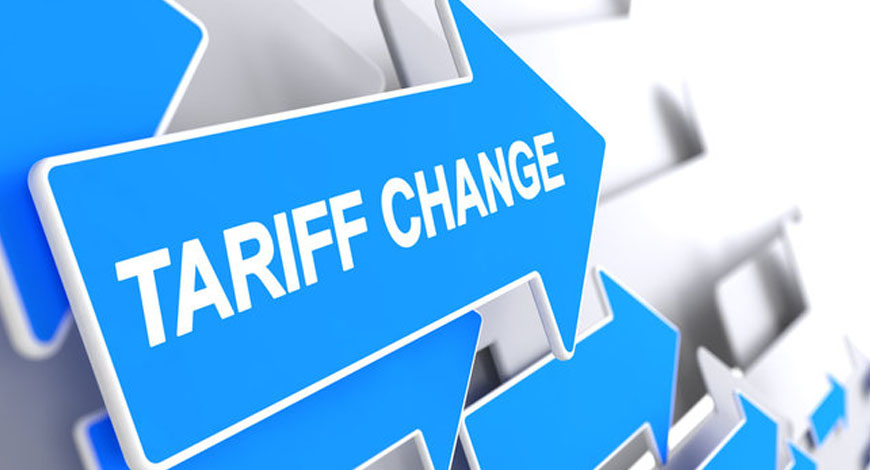Headlines of the Day
Telcos likely to increase tariffs after Lok Sabha polls

The country’s telecom operators are likely to raise tariffs after the Lok Sabha polls.
Analysts are forecasting a hike of up to 15 per cent in tariffs after the general elections, almost two-and-a-half years after the last big increase of 20-25 per cent in November 2021.
On Saturday, the Election Commission announced the schedule of the Lok Sabha polls in seven phases across 44 days, beginning April 19.
A tariff hike by the trio of Jio, Bharti Airtel and Vodafone Idea, a foregone conclusion in this calendar year, is expected to lead to better average revenue per user (ARPU) amid Jio and Airtel rolling out their 5G networks.
The country’s telecom operators are likely to raise tariffs after the Lok Sabha polls.
Analysts are forecasting a hike of up to 15 per cent in tariffs after the general elections, almost two-and-a-half years after the last big increase of 20-25 per cent in November 2021.
On Saturday, the Election Commission announced the schedule of the Lok Sabha polls in seven phases across 44 days, beginning April 19.
A tariff hike by the trio of Jio, Bharti Airtel and Vodafone Idea, a foregone conclusion in this calendar year, is expected to lead to better average revenue per user (ARPU) amid Jio and Airtel rolling out their 5G networks.
While some analysts expect a tariff hike of 15 per cent, others said it could go up to 20 per cent in the next financial year.
“We expect tariff hikes to be announced post-elections (July-October time frame). Tariff increase is expected to be strong with around 15 per cent hike across operators,’’ a note from Bernstein said.
Airtel will take the lead in the hike, with the Sunil Mittal-led entity’s ARPU expected to stabilize at Rs 260-level by 2025-26, Bernstein said.
The company’s ARPU growth in the recent quarter was up 2.5 per cent on a sequential basis at Rs 208, whereas it was flat for Jio at Rs 182.
Vodafone’s ARPU is much lower at Rs 145 and it rose 7 per cent in the third quarter (Q3) compared with a year ago. Bernstein said the rise in ARPU of Vodafone and Airtel are different qualitatively, with VI’s growth aided by changes in entry-level plans and subscriber upgrades.
On the other hand, Bharti Airtel ARPUs continued to improve on the back of a premiumisation strategy, continuing smartphone upgrades and better data monetisation.
The brokerage has revised the target price on Bharti Airtel to Rs 1,300 (from Rs 1,140) as it expects the tariff hikes to drive better ARPUs and improve return ratios. Shares of Bharti Airtel ended at Rs 1,220.35 on the BSE on Friday.
Market circles said expectations of tariff increases following the general elections apart from steady operational performance (in the telecom business) may see both Bharti Airtel and Reliance Industries notching up gains.
In RIL, a recent JP Morgan report said telecom pricing can be a significant earnings facilitator in the coming quarters. A higher tariff can push up the stock price, Morgan said. It said it has pencilled in an 11-12 per cent increase in Jio’s ARPU by 2025-26.
Smartphone exports
Smartphone exports to the US jumped to $3.53 billion in April-December this fiscal against $998 million a year ago, according to commerce ministry data. The increasing outbound shipments led to an increase in the smartphone market share to 7.76 per cent from 2 per cent.
Increasing exports have made India the third-biggest smartphone exporter to the US. During the nine months of this fiscal, the share of China and Vietnam declined.
Smartphones started registering their presence in the Indian export basket in 2022-23 when shipments touched $10.95 billion. With the continued momentum, exports have touched $10.5 billion in April-December 2023-24.
After the announcement of the Product Linked Incentives (PLI) scheme and the entry of iPhone maker Apple, India is emerging as a major production hub for smartphones. Telegraph India















You must be logged in to post a comment Login